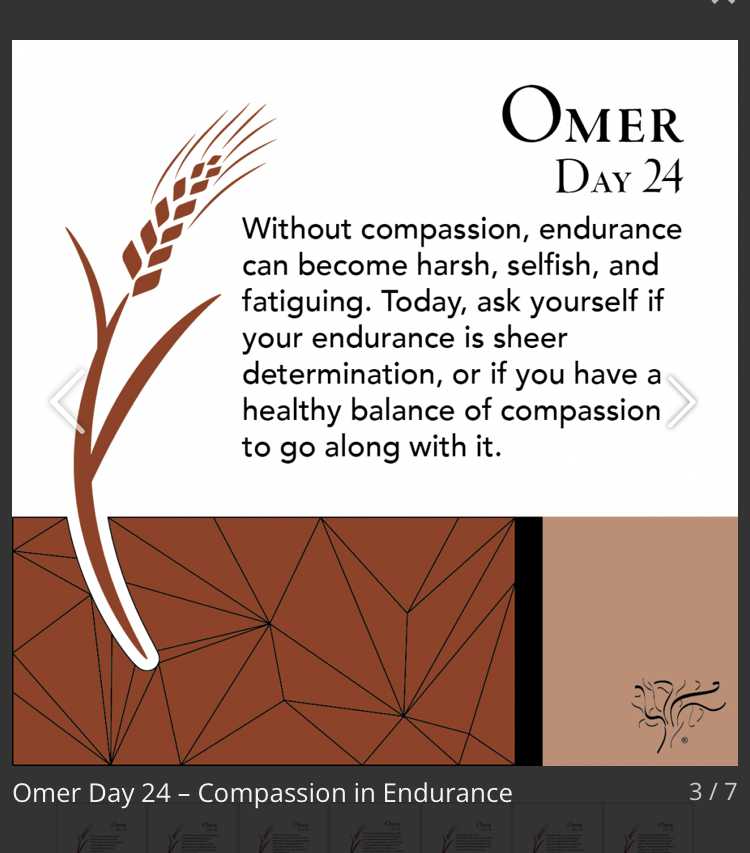Watch
Events
Articles
Market
More
Paul writes about “one new man” in Messiah Yeshua. We think we know what that means, but do we really? That’s part of the conversation in this concluding portion of the four-part series, The Miracle of Israel, on Michael Rood’s Shabbat Night Live. This episode goes live on Friday, May 5. As you watch, you might learn a few things about how we from the nations can and should take part in the continuing miracle of Israel’s restoration and final redemption.
https://thebarkingfox.com/2023..../05/02/the-miracle-o



Ezekiel 9:4, “Go throughout the city of Jerusalem,” said the LORD, “and put a mark on the foreheads of the men sighing and groaning over all the abominations committed there.” The word “mark” in this verse is the Hebrew word Tav, the last letter in the Hebrew alphabet. At the time of Ezekiel it would have looked similar to a slanted X with one leg slightly longer. Why was this the letter that was chosen? It was the last letter, the final rescue or salvation was reserved for those who had this mark.



SMALL STRAWS by MARSHA BURNS
There are still things you need to do before you can move on. How much that is still left undone might even surprise you. Strengthen your resolve. Do not panic; be methodical and pay attention to the details that you would rather skip over. You want it to be easier than it is, so you will have to regroup and exercise determination to have breakthrough.
Philippians 4:13 I can do all things through Messiah who strengthens me.



Day Three of Week 4: Tiferet of Netzach
24th Day of the Omer
Healthy endurance, directed to develop good qualities and modifying bad ones, will always be compassionate. The compassion of endurance reflects a most beautiful quality of endurance: an enduring commitment to help another grow. Endurance without compassion is misguided and selfish. Endurance needs to be not just loving to those who deserve love, but also compassionate to the less fortunate. Does my determination compromise my compassion for others? Am I able to rise above my ego and empathize with my competitors? Am I gracious in victory?
Exercise for the day: Be patient and listen to someone that usually makes you impatient.




Day Three of Week 4: Tiferet of Netzach
24th Day of the Omer
Healthy endurance, directed to develop good qualities and modifying bad ones, will always be compassionate. The compassion of endurance reflects a most beautiful quality of endurance: an enduring commitment to help another grow. Endurance without compassion is misguided and selfish. Endurance needs to be not just loving to those who deserve love, but also compassionate to the less fortunate. Does my determination compromise my compassion for others? Am I able to rise above my ego and empathize with my competitors? Am I gracious in victory?
Exercise for the day: Be patient and listen to someone that usually makes you impatient.




Thought for Today: Tuesday May 02:
In all ranks of life, the human heart yearns for the beautiful; and the beautiful things that YHVH makes, are His gift to all alike. By putting that gift of yearning into every human’s heart, YHVH at the same time draws all people made in His Image into their own true selves.


